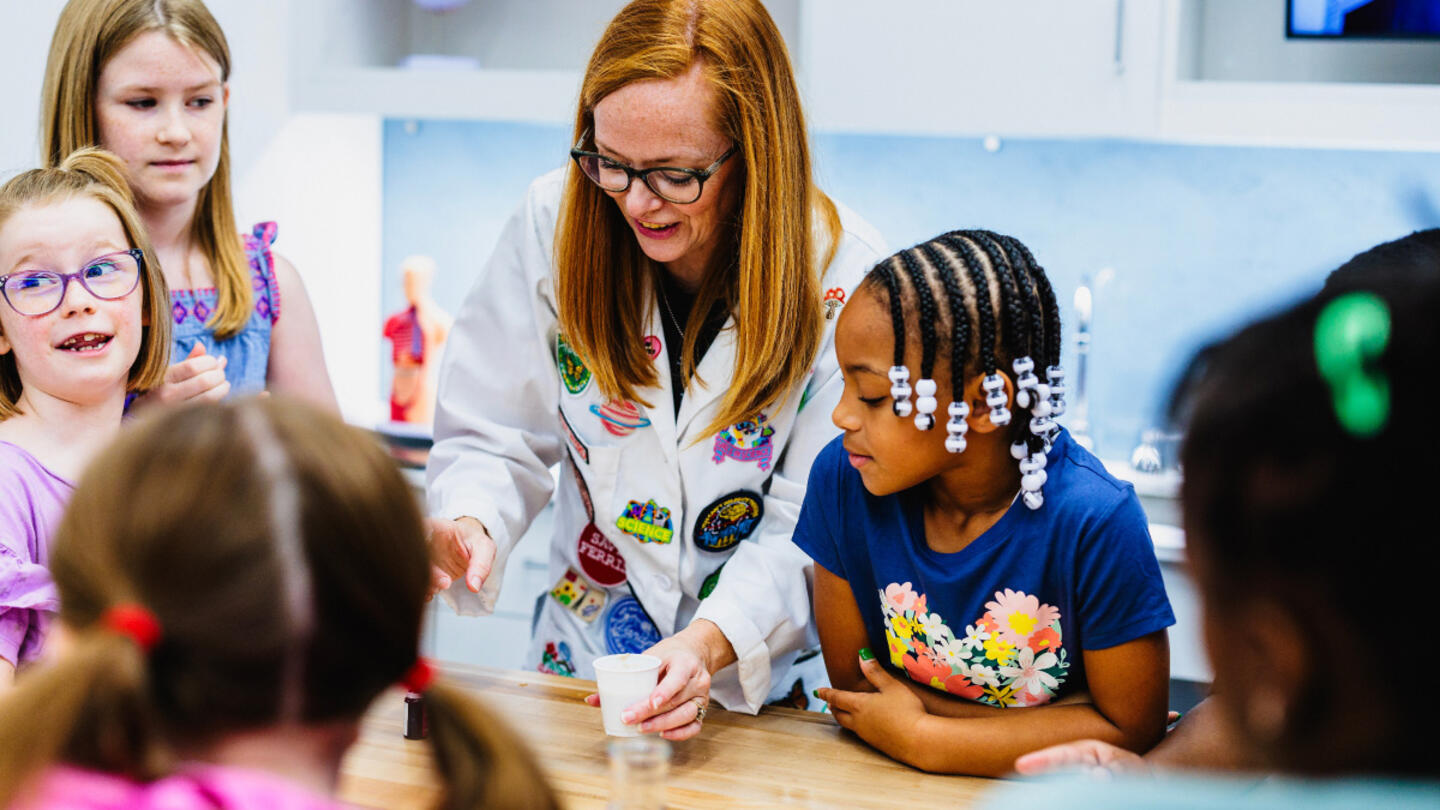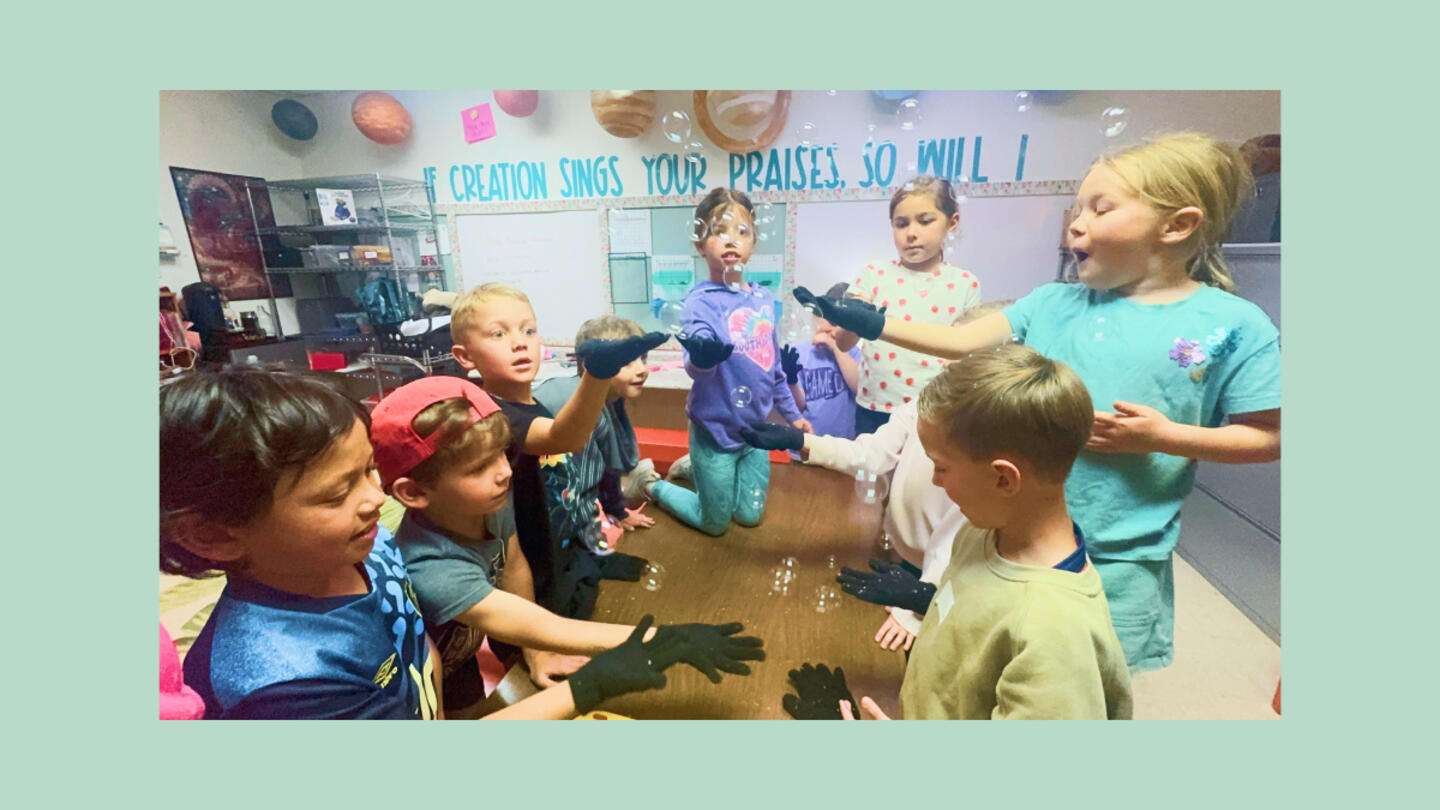Every parent wants their child to succeed, but too often, families are assigned a school based on their ZIP code — not based on what’s best for the student.
For years, families had little say in where their kids went to school. School choice changes that by putting decisions in the hands of parents. Options include public school choice — where families can enroll outside their district — private school choice programs like vouchers and scholarships, and homeschooling or online learning for those who need more flexibility and control.
School choice fosters innovation, encouraging schools to develop new teaching methods, specialized programs, and better support systems to serve diverse student needs. It creates a path where every learner can succeed by shifting the focus from a centralized system to individual students.
What is school choice?
School choice gives parents the freedom to find the right learning environment, whether that’s a public school in another district or homeschooling. Instead of a one-size-fits-all system, families can choose what works best, helping every child reach their full potential while respecting their individual dignity.
Every child is different. Some do well in traditional classrooms, while others need hands-on learning, smaller groups, or a flexible schedule. School choice respects the dignity of every child by letting families choose the learning environment that helps their child thrive.
5 benefits of school choice for parents
One of the biggest benefits of school choice is how it helps students who have been left behind in the traditional school system. It’s not just about test scores — it’s about giving kids the chance to succeed in an environment that meets their needs.
School choice opens doors for students who struggle due to where they live, their family’s income, or a lack of resources. Instead of being limited, they can attend schools that help them reach their potential.
1. Education that fits each child
A student who loves science and technology might do best at a STEM-focused charter school, while another who struggles in big classes might thrive in a small private school with more one-on-one support.
Microschools are a growing option, offering a mix of homeschooling and small-group instruction, often with customized learning plans. These schools provide a flexible, personalized approach that helps students learn at their own pace.
When families have options, students thrive, schools improve, and communities grow stronger, leading to greater opportunities for all.
2. Increased parental satisfaction and involvement
Parents know their kids better than anyone. When they have a say in where and how their child learns, they become more engaged — not just in their child’s education, but in their communities.
But school choice isn’t just about academics — it’s about fostering civic engagement. When parents actively participate in their child’s education, they model engagement for their kids, showing them the power of involvement, responsibility, and self-governance.
This culture of investment creates confident, community-minded students who grow into active, engaged citizens. Instead of schools simply serving a system, they focus on serving students and helping families strengthen the communities around them.
Sign up for Stand Together's K-12 newsletter and get stories, ideas, and advice from changemakers who are transforming education across the country.
3. Better results for students
When families can choose, schools must work harder to provide real value. This isn’t just about test scores — it’s about preparing students to succeed in life. Whether it’s improving the curriculum, hiring great teachers, or offering better support, school choice creates an environment where schools are driven to improve their offerings.
And when schools compete to attract students, they are motivated to innovate and improve, benefitting every child in the system.
4. A safe, supportive learning environment
Students learn best when they feel safe, supported, and valued. School choice gives them the chance to find an environment where they can focus on learning without fear of bullying, neglect, or lack of support. Many schools prioritize strong anti-bullying policies, mental health resources, and a positive school culture — but not every school is the right fit for every student.
With school choice, students aren’t forced to stay in a setting where they feel unsafe or unheard. Instead, they can find a school that fosters respect, encouragement, and a sense of belonging, helping them build confidence and reach their full potential.
5. More innovation in education
When schools compete to serve families, innovation thrives. Charter and private schools often experiment with new teaching methods, like project-based learning, career training, or flexible schedules.
Instead of being stuck in a rigid system, parents can choose schools that focus on creativity, entrepreneurship, mastery, and real-world skills, preparing students for success in whatever path they choose.
The bigger picture: why school choice matters:
School choice isn’t just good for families — it helps improve education for everyone. When families can choose the best education for their children, students succeed, schools improve through healthy competition, and communities thrive.
Most importantly, school choice puts students first. It’s about making sure every child, no matter where they live, has the chance to learn in a way that works best for them. Parents, teachers, and leaders all play a role in shaping a system that helps kids succeed — not one that just follows the same old rules.
Read more about school choice and alternative education
- These five microschool founders share insights on alternative education models.
- School choice is about empowering families to take ownership of their child’s education by selecting learning models that align with their values.
- Discover these four school choice myths and why expanding education freedom benefits all families, not just a select few.

This colearning space has the potential to bridge the divide between public and private education.

New Johns Hopkins data shows homeschooling’s recent surge has transformed the education landscape.
Step 1: Find the best learning environment for your child. Step 2? Figure out how to pay for it.

Here’s what happens when AI replaces teachers.